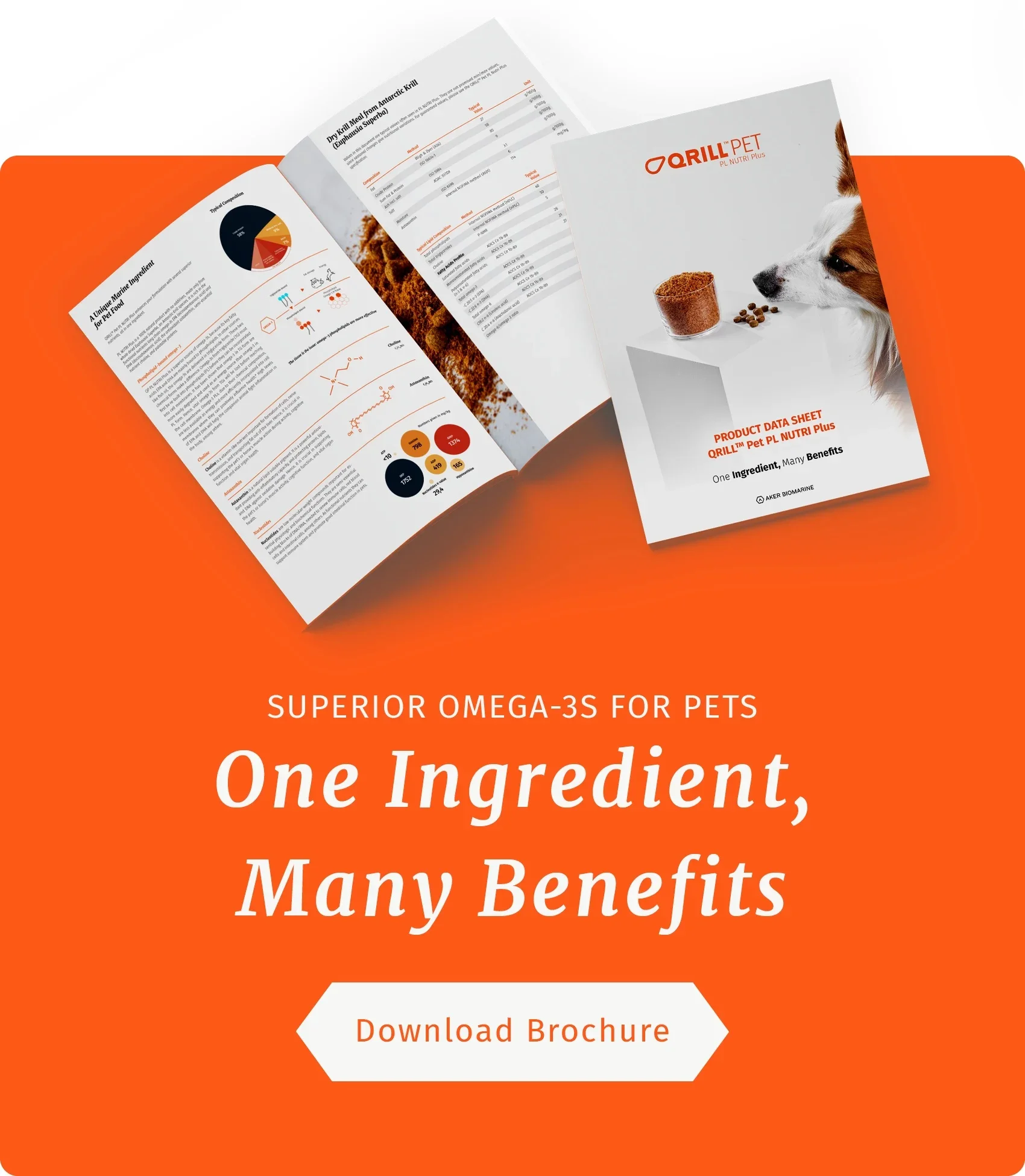You may have heard already about the Omega-3 Index Test, a self-administered test, that indicates the omega-3 levels in your red blood cells with just a small brick in your finger.
But how do those omega-3 levels translate to your furry family member? Did you know that omega-3 levels can be measured for pets as well?
What does the Omega-3 Index indicate?
The Omega-3 Index is an indicator whether you are consuming sufficient omega-3s. Dr. Bill Harris, the co-founder of the Omega-3 Index Test, explains that a low Omega-3 Index correlates with a higher risk of cardiac death, while a high level is ideal for maintaining a healthy heart.
A level above 8% is considered optimal. A recent global study has shown that most of the world’s population has a level below 4%.
Whether these levels are the same for pets requires further research. However, one thing that we do know for sure is that just like their owners, pets’ bodies are unable to produce omega-3s naturally and these essential fatty acids are equally important for our furry friends.
Are commercial pet diets rich in Omega-3s?
Many commercial pet diets are rich in omega-6 and the recommended ratio between omega-6 and omega-3s are not always achieved. This often leads to low omega-3 levels among pets, which can cause allergies and cardiovascular problems, influence bone & joint functions, as well as brain development, and leads to one of the most seen issues with pets, a dry and itchy fur and skin.
10 Reasons why dogs need omega-3s
A commonly recommended ratio in pet food of omega-6s and omega-3s is 5:1. A description of the ratio of omega-6s to omega-3s on pet food packaging can help pet parents to make the right choices for their pets and decide whether additional omega-3 supplementation may be required.
Could the inclusion of krill omega-3s in pet food be the solution
One way of ensuring that pets obtain sufficient omega-3 fatty acids through their regular diet is to include krill meal in pet food formulations.
The increase of the Omega-3 Index was seen in a 6-week study, where a fish and a krill meal group were compared. The group of dogs that received a diet with 8% krill inclusion had an Omega-3 Index increase of 63%. Moreover, blood choline levels increased significantly in the krill meal group only.
What type of omega-3s are out there for pet food
In another study with 5 weeks of 8% krill meal inclusion in diets for Alaskan huskies prior to the 2016 Iditarod dogsled race – a thousand mile endurance exercise known to induce muscle damage and inflammation – showed that the 40% increase of the Omega-3 Index in the krill group decreased muscle damage and inflammation when compared to the control group.

